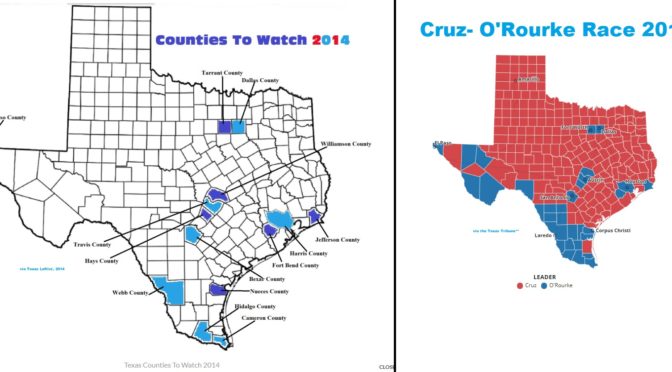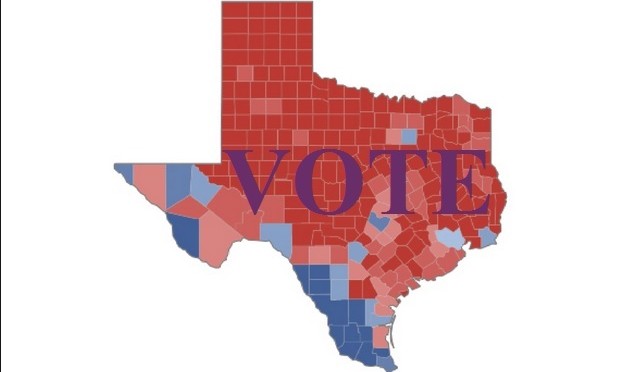Just before the 2014 Election, I wrote a post about how Texas was inching ever closer to Swing State status. Battleground Texas was hard at work, and as a result, Voter Registration had reached historic highs for a mid-term Election Cycle. Then-Gubernatorial candidate Wendy Davis was hard at work, especially … Continue Reading ››
Lone Star Rising: Voter Registration Soars Across Texas
"Texas isn't a Red State. It's a non-voting state."
When most people hear this, they tend to laugh out loud. Much of contemporary American politics hinges on the stalwart truth that Texas is and will always be a Red State. The national Democratic Party, including President Obama, haven't spent a lot of time in Texas because … Continue Reading ››

